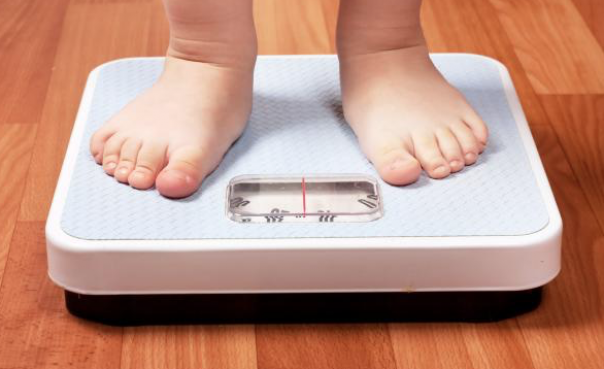
Successive governments have struggled to tackle rising childhood obesity and it is not clear the Department of Health & Social Care’s (DHSC) current programme will be able to make the changes needed in the time available. That was the conclusion of our report into the issue, which we published last month.
It is clear that children living in deprived areas or from ethnic minorities are far more likely to be obese and the problem is worsening, but progress with the childhood Obesity Programme has been slow and many commitments are not yet in place.
The new strategy announced in July signalled a great intention to tackle obesity, but the government will need to follow through with more urgency, commitment and cohesion if it is to address the risk to people’s health.
In 2018-19, 9.7% of children aged four to five and 20.2% of ten to 11-year-olds in England were obese. Children in deprived areas are twice as likely to be obese than those in less deprived areas: nearly 13% of four to five-year-olds in the most derived areas compared with 6.4% in the least deprived areas.
At ages ten to 11, this gap is greater with 26.9% in the most deprived areas obese, compared with 13% in the least deprived.
Obesity rates for children in different ethnic groups vary considerably. For example, just over 9% of white children were obese in 2018/19 at ages four to five, compared with more than 15% of black children.
Public Health England (PHE) and DHSC do not know how large a role deprivation plays in this variation between ethnic groups and acknowledge more work s required.
The government estimates that the cost of obesity to the NHS is £6.1Bn and £27Bn to wider society.
In 2016 the Government launched a new childhood obesity plan, which has the challenging aim to halve the rate and reduce the gap between children form the most and least deprived areas by 2030.
The plan has many similar themes and interventions to previous strategies, but includes more legislative regulatory action such as taxation. The NAO has found that the DHSC has not fully evaluated the success of past strategies, meaning it will struggle to prioritise actions or apply lessons to its new approach with any confidence.
DHSC runs the Childhood Obesity programme, which oversees the delivery of the plan, but the cross-government nature of the programme means many projects are outside of DHSC’s control.
There is also limited awareness and co-ordination across departments of wider factors and activities that may impact on childhood obesity rates, such as sponsorship of sporting events by the food industry. This makes it difficult to ensure they are compatible with the overall aim of reducing childhood obesity.
Few of the interventions in the programme specifically address deprivation. However, DHSC and PHE believe that population-wide measures, such as the Soft Drinks Industry Levy, can have a disproportionately positive impact the most deprived communities.
The NAO’s report has found that the focus of interventions- such as calorie reduction in food- is largely right. But the evidence that these schemes will reduce childhood obesity rates is more limited.
The NAO recommends that by autumn 2021 DHSC, with support form the Cabinet Office, should introduced stronger procedures that allow DHSC to hold other departments responsible for delivering elements of the programme.
In the proposed spending review, the government should target support and funding to local authorities and groups who have the greater obesity problems. DHSC should also provide greater support to local authorities to help them implement efforts to reduce childhood obesity.